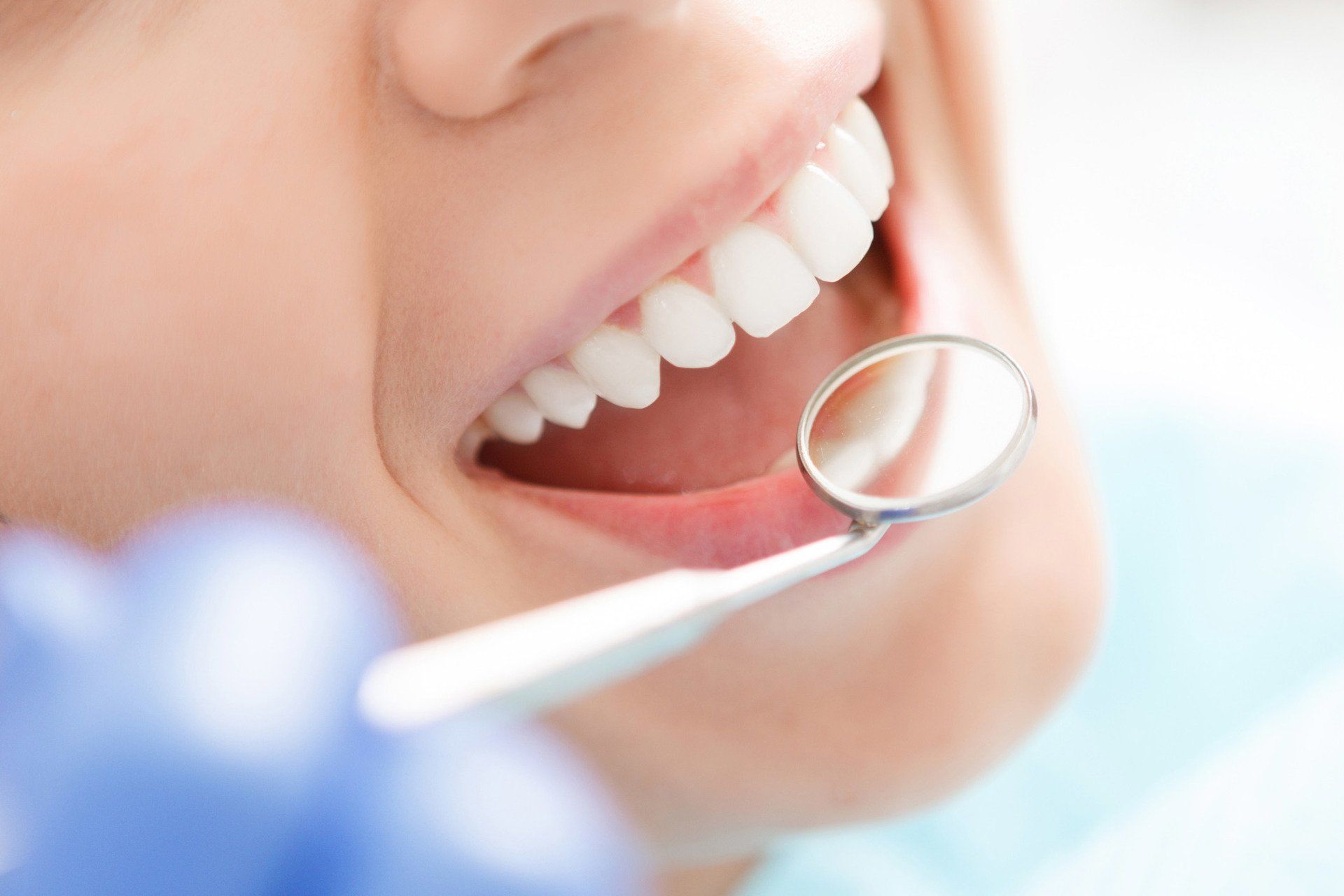Non-Surgical Gum Disease Treatment and Prevention

Your gums are a good indicator of your overall oral health, and it's important to keep them clean and healthy. The mildest form of gum disease, gingivitis, is an infection that is contained within your gums. If you have gingivitis and don't receive proper treatment, the infection can spread into the bone and cause tooth loss. This type of gum disease is called periodontitis.
Gum disease puts you at greater risk for several other medical conditions, including heart disease, cancer, diabetes, osteoporosis, and pneumonia. Common symptoms of gum disease include swollen gums, gums that bleed when you brush your teeth, gums that recede (making your teeth look longer), and bad breath.
Your dentist will check your gums during every routine appointment, so it's important to see your dentist at least once every six months. If you do have gum disease, regular dental care ensures your dentist can catch it early and provide proper treatment.
Scaling and Root Planing
If you have mild gingivitis or chronic periodontitis, your dentist may recommend that you come in for a deep cleaning, or scaling and root planing procedure. Scaling and root planing is a more thorough and involved cleaning process compared to regular maintenance cleaning. The procedure is done under a local anesthetic to numb your mouth.
Many patients experience tooth sensitivity, mild bleeding, and gum tenderness for up to a week after the procedure. Scaling and planing is preferable to other deep cleaning methods, however, because these side effects are usually more mild compared to other deep cleaning procedures.
Your dentist will scrape plaque and hardened tartar from your teeth along and under the gum line during the scaling portion of the procedure. Some dentists use manual hand tools for this procedure, while others use an ultrasonic device that helps break up the tartar or a laser.
Once all of the tartar is removed, your dentist will smooth out any rough parts of the tooth root during the planing part of the procedure. This helps get rid of any existing bacteria hidden in rough spots and gives your gums a clean, smooth surface to attach to.
Your dentist might place a small gelatin chip filled with antiseptic medication or an antibiotic gel in the periodontal pockets - the openings that form when your gums pull away from the teeth - after root planing to eliminate bacteria and reduce the size of the pockets.
Medication
Some dentists recommend gum disease patients use medications to treat gum disease. You can take medications on their own or you can use them in combination with deep cleaning procedures. Antimicrobial mouthwashes are a common medicated treatment because they're easy to use after you brush. You can also use oral antibiotics as a short-term treatment to kill bacteria that lead to gum disease.
Some gum disease patients benefit from oral enzyme suppressant medication, usually doxycycline. These medications help slow the body's enzyme response so enzymes that damage the gums can't act as quickly.
Proper Oral Hygiene and Prevention
Proper brushing and flossing techniques and regular visits to your dentist for a professional cleaning are the best ways to prevent gum disease and prevent it from getting worse. Brush and floss thoroughly at least twice a day. Don't neglect your gums when you brush. Choose a toothbrush with softer bristles if brushing your gums irritates them or causes them to bleed.
Your dental hygienist will remove the plaque and tartar buildup on your teeth and below the gum line. Plaque and hardened tartar allow bacteria to rest against and under your gums and can lead to gum disease.
Rabel Family Dental is a family-owned and operated dental clinic that serves patients of all ages in Baton Rouge, Louisiana and surrounding areas. Contact ustoday to schedule an appointment if you experience symptoms of gum disease.






